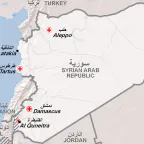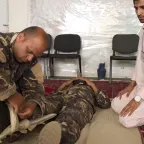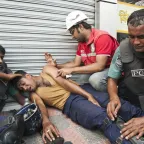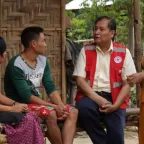Syria: Emergency relief for thousands displaced by fighting in Quneitra
15-09-2014 Geneva/Damascus (ICRC) – Fighting in Quneitra governorate, including near Al Baath, the provincial capital, is forcing thousands of families to flee to Rural Damascus. The International …





